Great Design Plant: Goldenrain Tree, an Ornamental Performer
http://decor-ideas.org 11/24/2013 08:40 Decor Ideas
Goldenrain tree is highly adaptable to diverse growing conditions and the perfect size for small urban landscapes and courtyard gardens, or as a specimen accent for larger properties. An ornamental tree, it takes the term “ornamental” seriously. Weeks of midsummer flowers are followed by several months of colorful, showy fruits; reddish pepper-like pods morph into paper lanterns of lime green that age to a rich, tea-stained brown and last into winter.
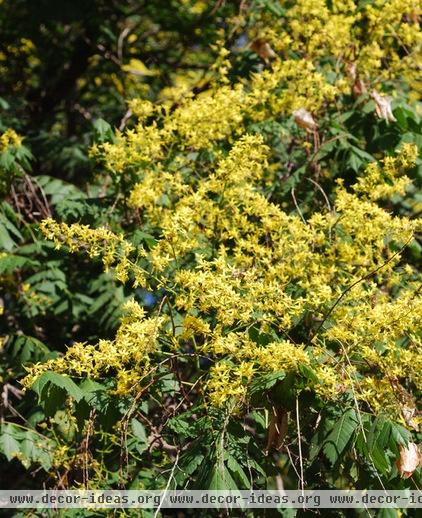
Botanical name: Koelreuteria paniculata
Common name: Goldenrain tree
Origin: China, Korea and Japan
Where it will grow: Hardy to -20 degrees (USDA zones 5 to 9; find your zone)
Elevation range: Up to 7,500 feet
Water requirement: Low to moderate
Light requirement: Full sun
Mature size: 20 to 30 feet tall and 25 to 35 feet wide
Benefits and tolerances: Long season of interest from both flowers and fruit; tolerant of air pollution, wind and drought once established.
When to plant: Spring
Seasonal interest: Summer through winter
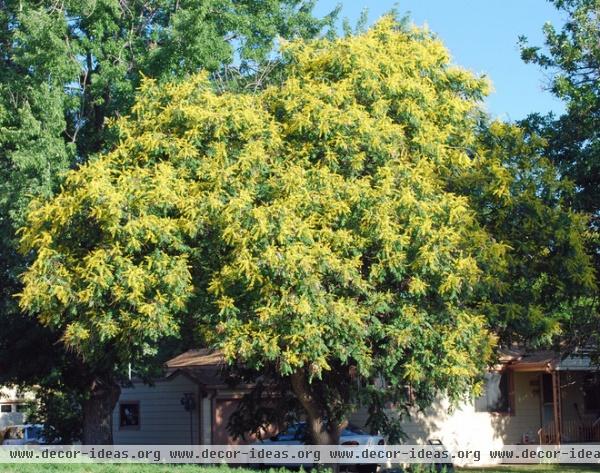
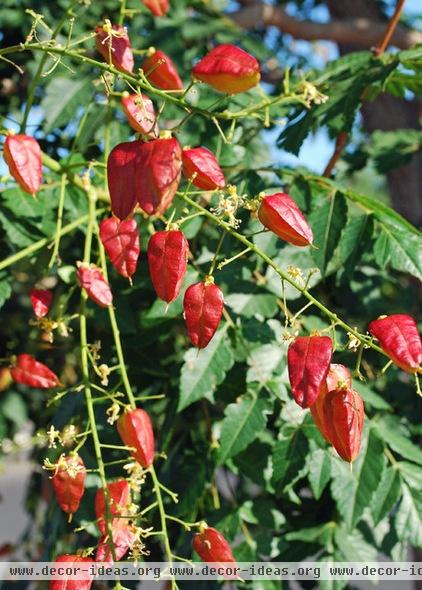
Distinguishing traits. Rich green, compound pinnate foliage covers an irregular, rounded tree form. Panicles of bright yellow flowers in June and July are followed by decorative 1½- to 2-inch-long pod-like fruit.
Shown: Newly emerging pods have a reddish tint.
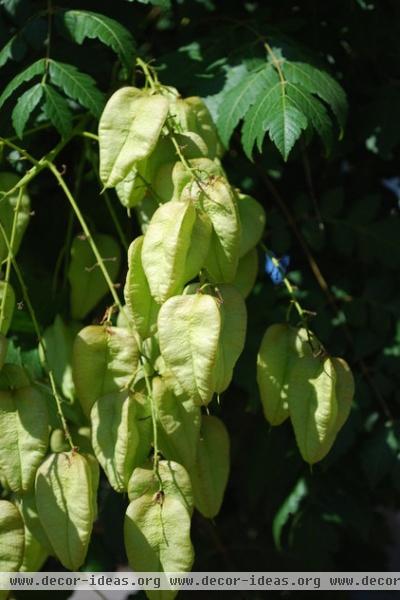
Shown: Mature fruit is a papery, three-chambered capsule.
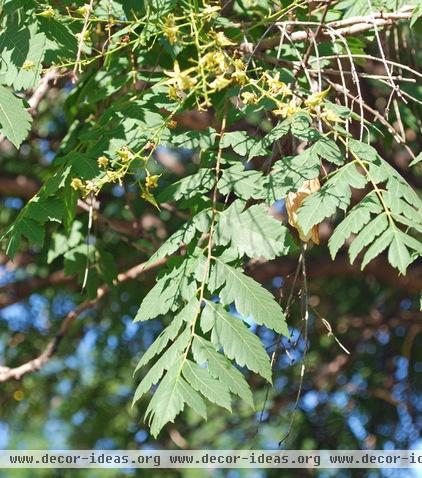
Shown: Compound leaves are 12 to 14 inches long and have coarsely serrated leaflets.
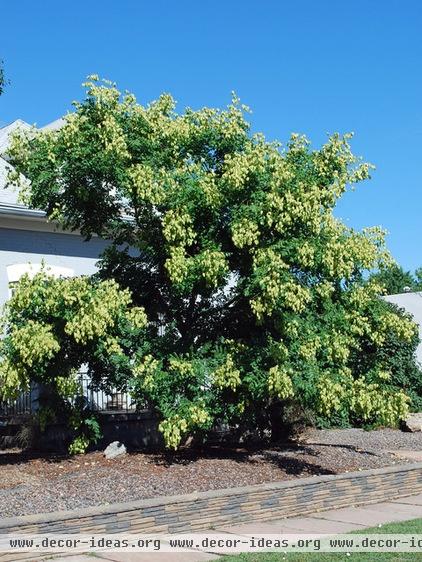
How to use it. Goldenrain tree (shown here covered with mature fruit) is perfect for shading a patio, screening unwanted views or as an accent plant.
For companion plants consider vibrant midsummer bloomers such as leadplant (Amorpha canescens, zones 2 to 9), English lavender (Lavandula angustifolia, zones 5 to 8), daylily (Hemerocallis spp, zones 3 to 9) and poppy mallow (Callirhoe involucrata, zones 4 to 9).
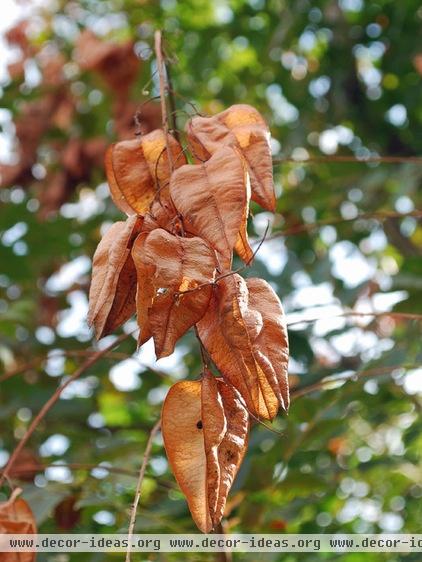
Planting notes. Tolerant of both high pH (alkaline) and acidic soils, goldenrain tree is fast growing in moist soils and will adapt to moderate or low water once established. It self-sows readily.
Shown: Dried seedpods persist through winter.
More: 11 Trees for Brilliant Fall Color
Related Articles Recommended












